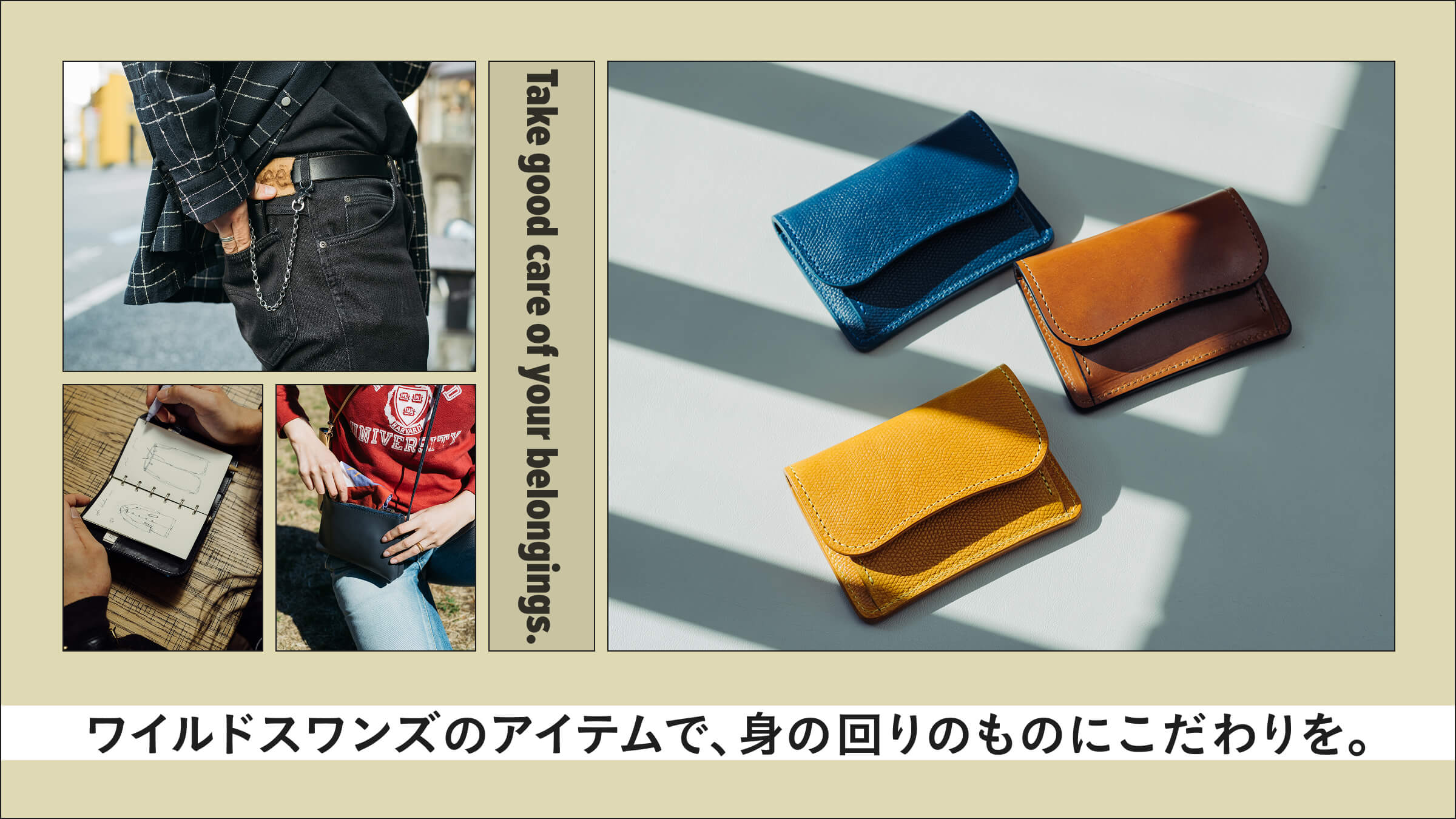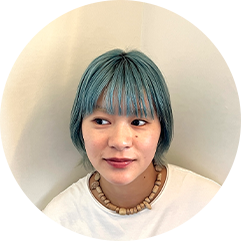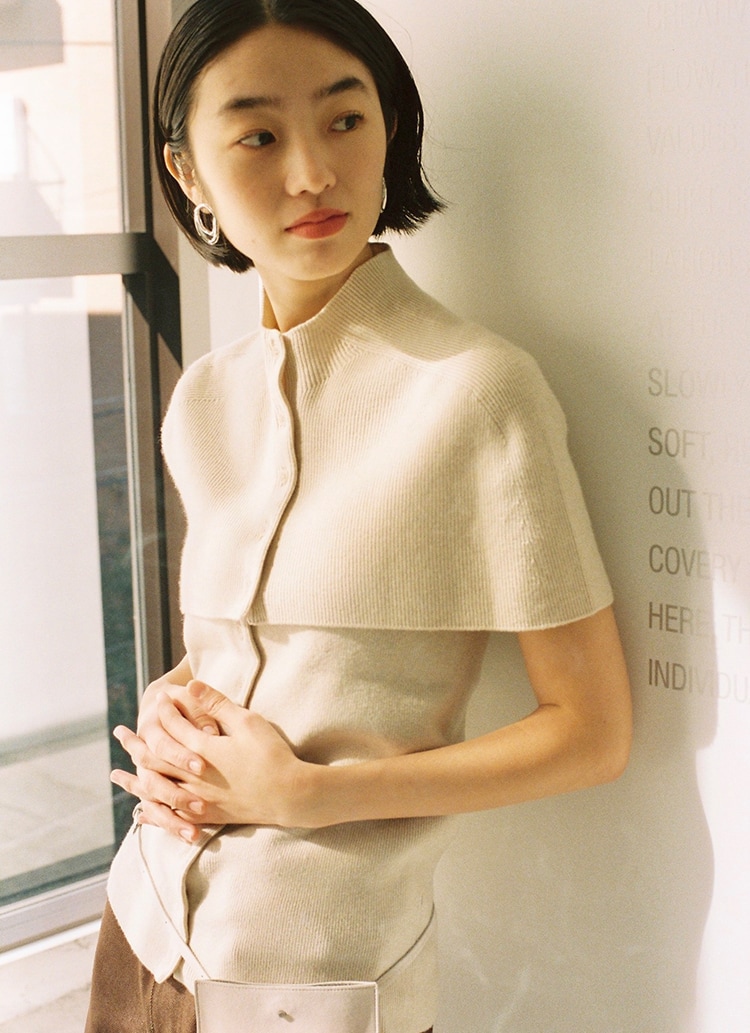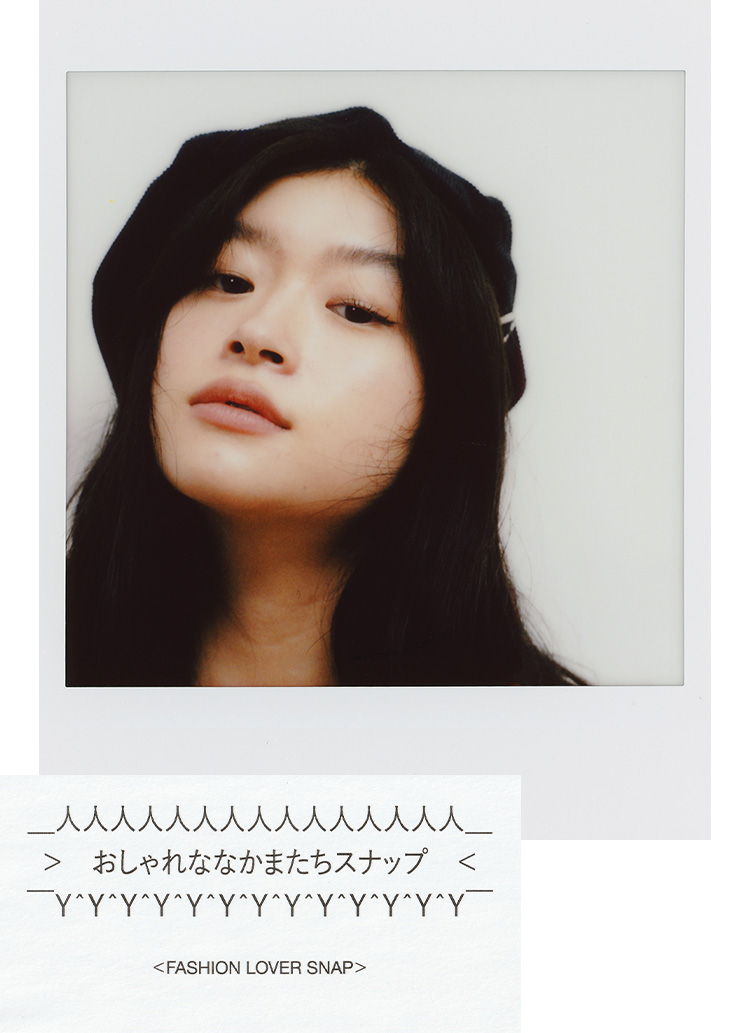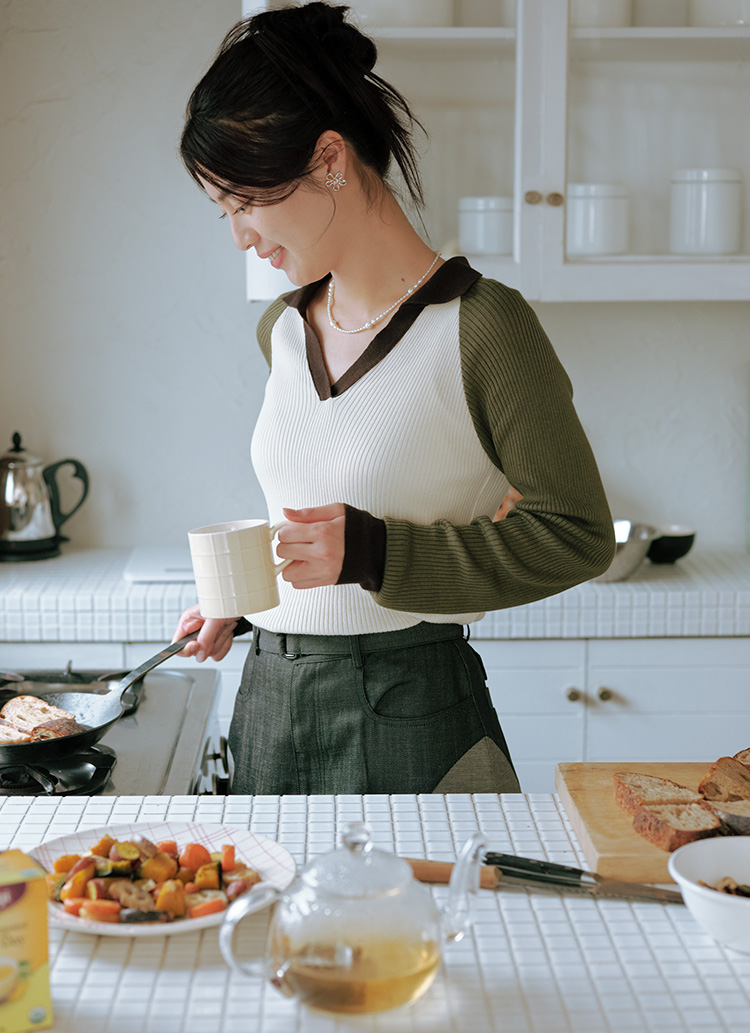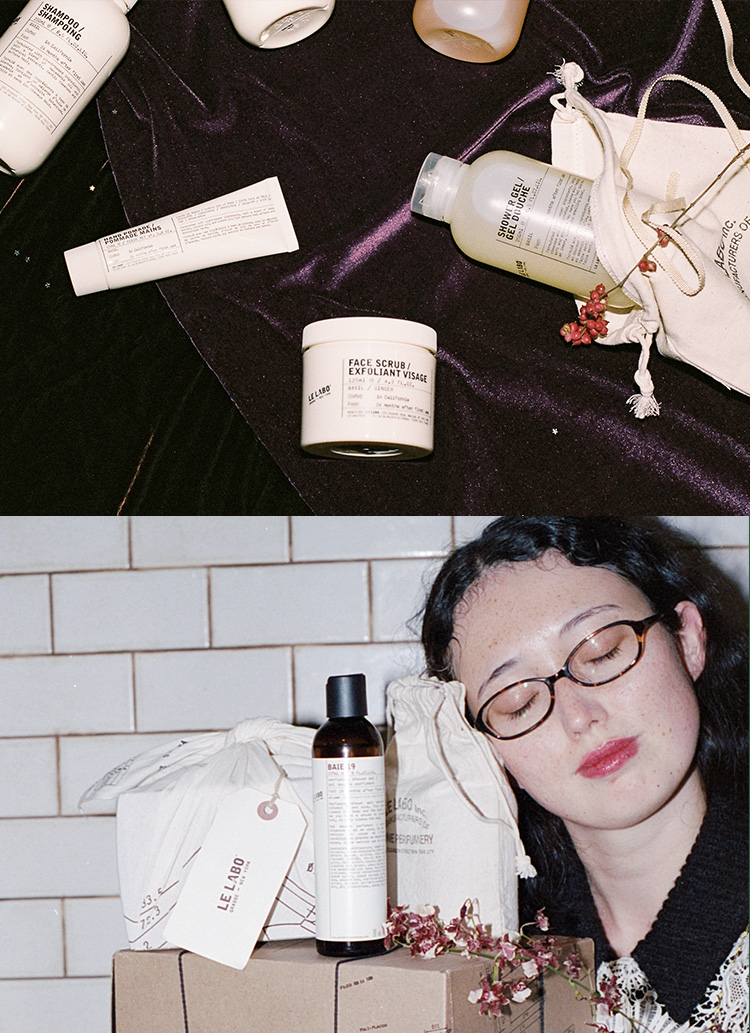Case01_Kanta Hirasawa It is rich and special with many curves.

PROFILE
Born in Tokyo. After joining BAYCREW'S in 2020, he launched "FOLL" in his second year after graduation. Currently involved in special-order projects for "Journal Standard," he has attracted attention not only for his "FOLL" clothes, but also for his own logical choice of things.
Instagram:@kanta0509

First of all, please tell us about the items of your brand "Fol" that you are working on. I get the impression that you have a lot of authentic clothes, but what is your concept?
We try to make clothes that are an extension of everyday wear. We would be happy if our clothes could be considered a "clothing" brand rather than a "fashion" brand. We aim to make clothes that are practical, have a message, and are of such quality that you would want to wear them every day. We place particular importance on materials, and while there are good ones on the market, we often plan and create from scratch.

Which piece of clothing from "Fol" do you have a special attachment to?
This is a cashmere knit set-up, which is released every fall and winter, made from the downy hair of the primary-colored goats in northern Mongolia, known as Outer Mongolia. Cashmere is one of the most cherished materials at "Folle".
Do you also use such materials for your own belongings?
For example, underwear is made of wool, and this is especially true for items that come in contact with the skin in daily life and with which there is a lot of communication.
Fol" also makes clothes using leather as a material. What is the appeal of leather, exactly?
The beauty of natural fibers is that their expression changes depending on the user's lifestyle and way of life. Leather, in particular, is not a fabric made by humans, but leather. Therefore, it is almost like a second skin to the user, and I like the fact that the differences in the expression of the skin come out directly.


GENESIS ¥60,500
I understand that you use a Wild Swans pen case and notebook cover.
I personally like the fact that the notebook has a belt to tuck away pens and other items. Also, when there are this many parts, where the skin is layered in layers, it tends to get thicker, but I think it is great that it is handled so well without bulging out. There are also many other pockets that can be used for storage, which is practical and helpful. Then there are the rounded corners.

Peek-A-Boo I ¥22,000
As is the case with clothes, it takes more time and effort than straight lines when there are many curves, but the fact that so many curves are used feels rich and special to someone like myself who is making clothes. I also think it's really nice that it's not too rugged and gives a soft impression.
One of the reasons for the brand is that leather products have corners, and if they have corners, they will be damaged first. How about pen cases?
I was a bit worried about how to hold the pen case by itself because of its elegant appearance. It just didn't feel right. However, thanks to the belt on the notebook, I can hold the entire pen case between the notebook and the case, and I feel like I can carry it smartly when I hold it tight. This way of holding it gives it a sense of being contained, and I thought it was cute.
Do you have any particular attachment to the analog method of drawing the patterns of the clothes you make with a pen?
To be honest, that is the only way I know how to do it. I never attended a technical school, and while I was working for a domestic brand during my college years, I apprenticed under designers and learned by watching them in the field. That's why I don't know how to do things digitally. However, my method is not to tell the pattern maker to make something one-sidedly, but rather to share the senses that both I and the pattern maker have in order to determine the ideal shape, which is why I need these abstract pictures.

Please tell us if you have any other analog methods of making clothes.
Natural dyeing is a truly analog method. For example, this denim is colored by reusing bengara, iron oxide dust left over from the ironworks. In order to get the color right with natural dyeing, nuances vary depending on various factors, such as the water temperature, the speed at which the machine is turned, and the bleaching condition of the base fabric. The temperature and humidity of the work location also affect the color, and since it is impossible to know until I try, I also verify the process many times by being present at the work site.
Please let us know if there is anything you would like to do in the future.
I don't want to have regrets, so I want to create things without lying and by honestly facing the sensations I have. In doing so, I would like to build up my strength by facing the challenges of communicating and learning in a positive manner.
Other Items

From top right to left.
BIBLE/Bible size ¥91,300
GENESIS /M6 size ¥60,500
VERSE/M5 size ¥46,200


